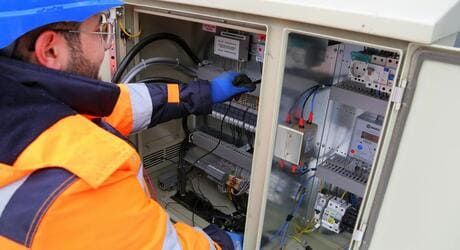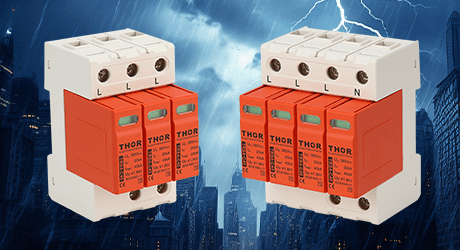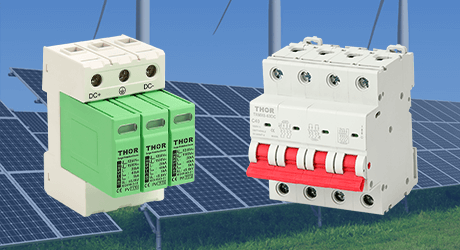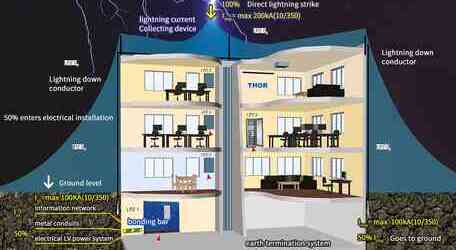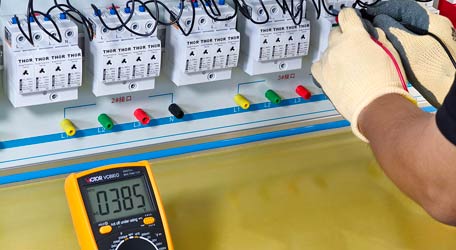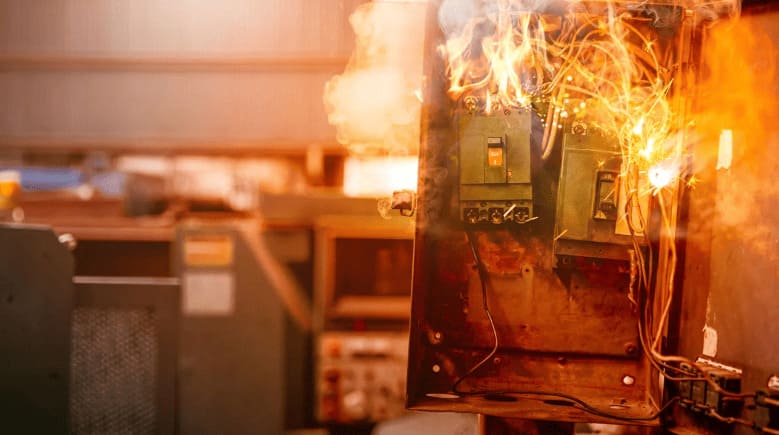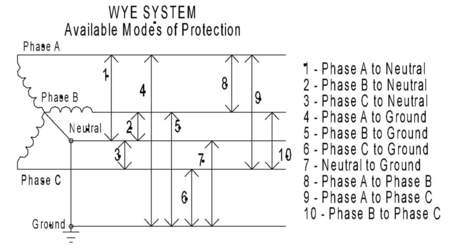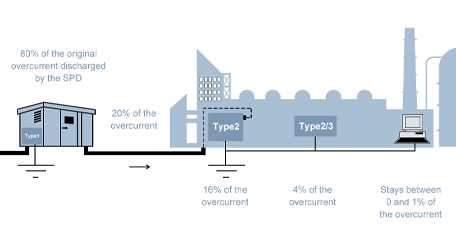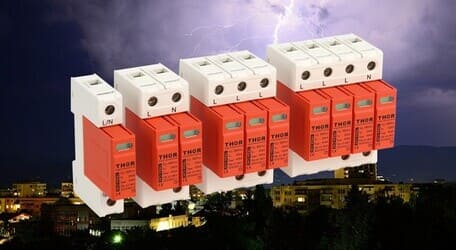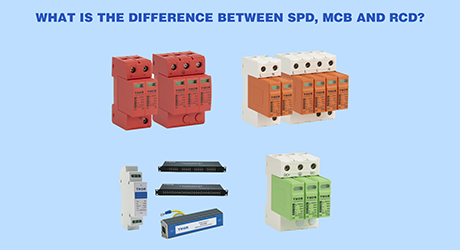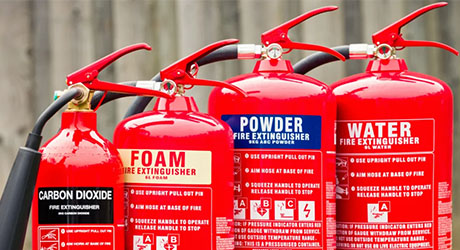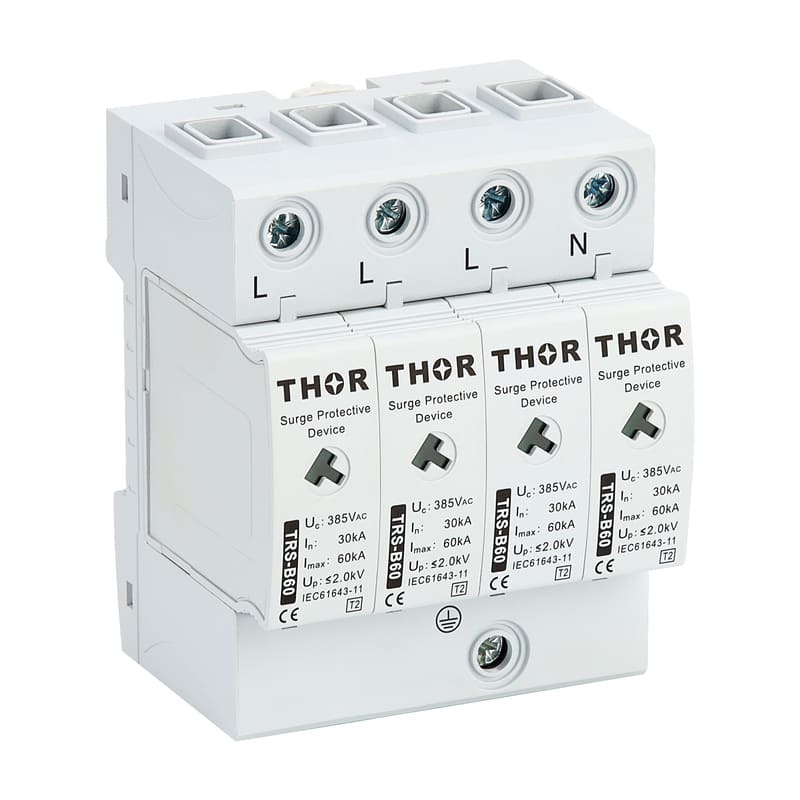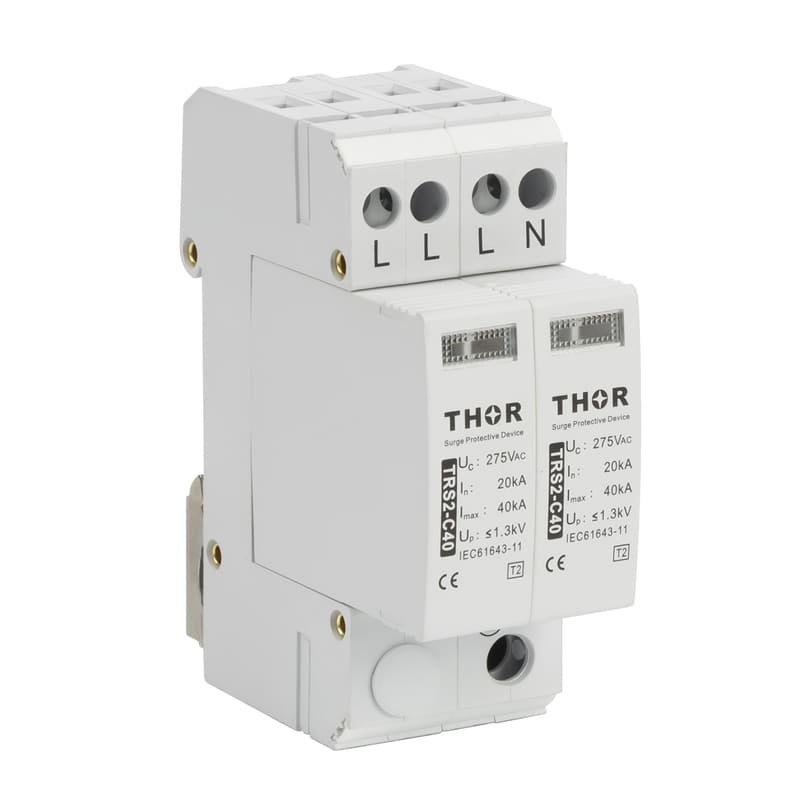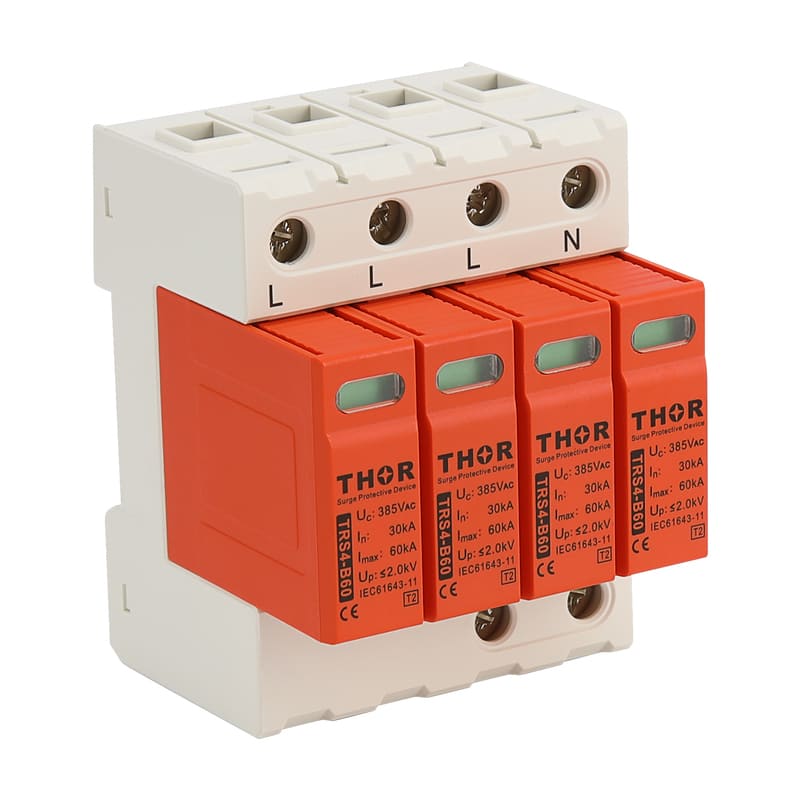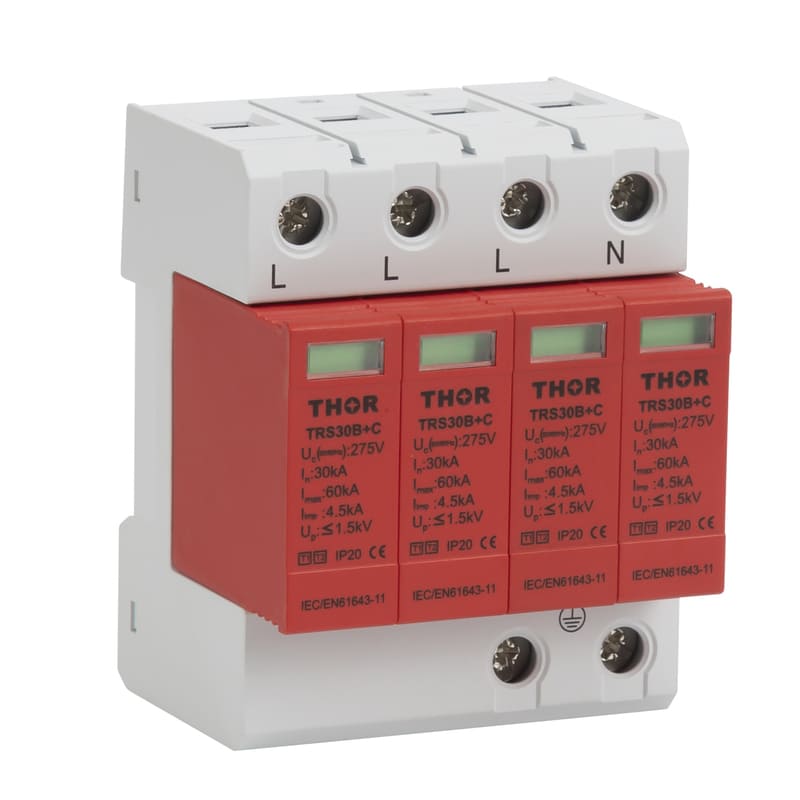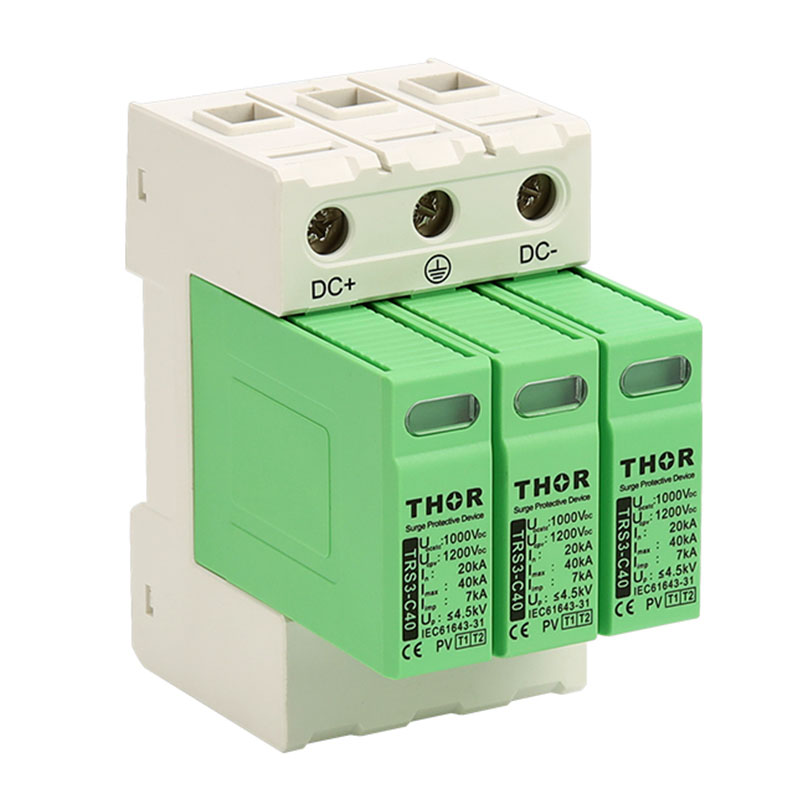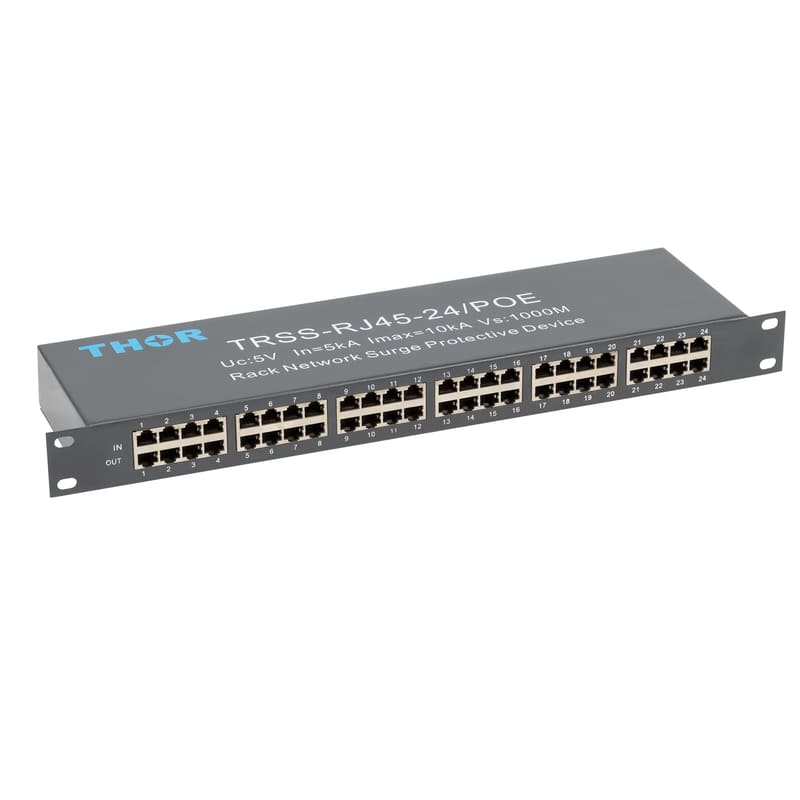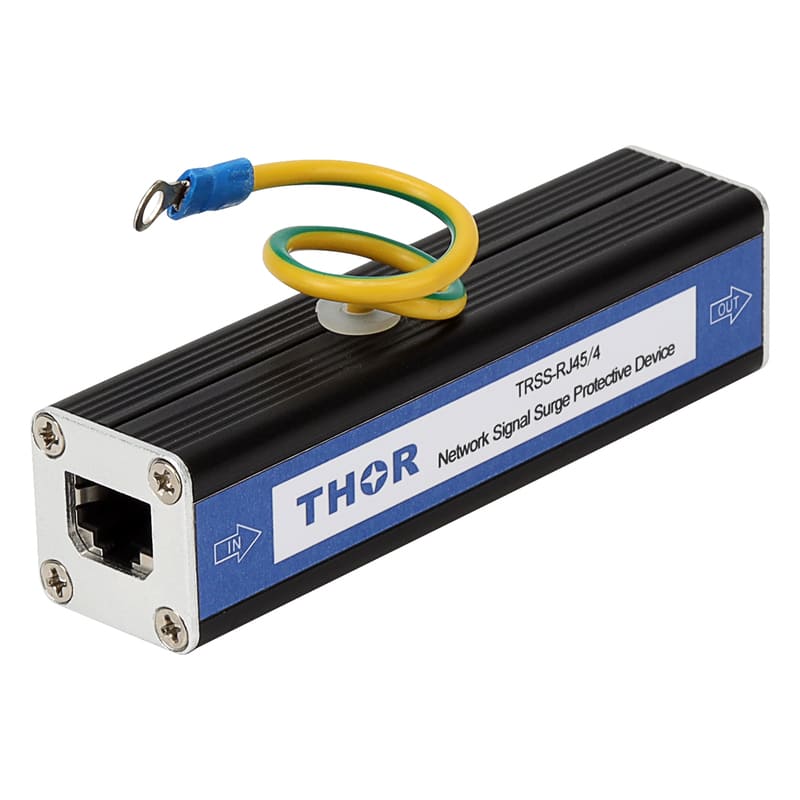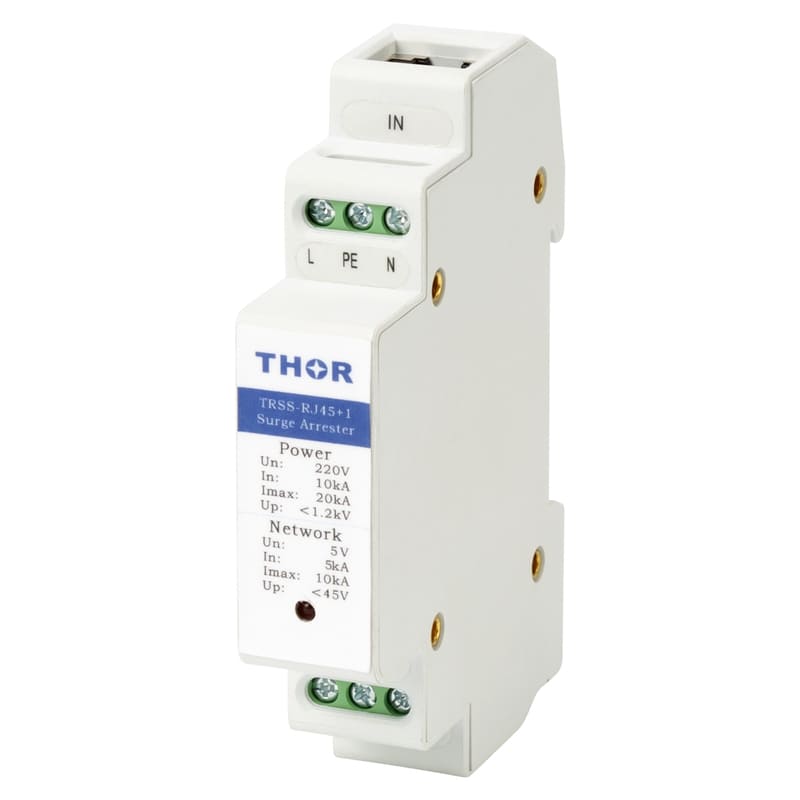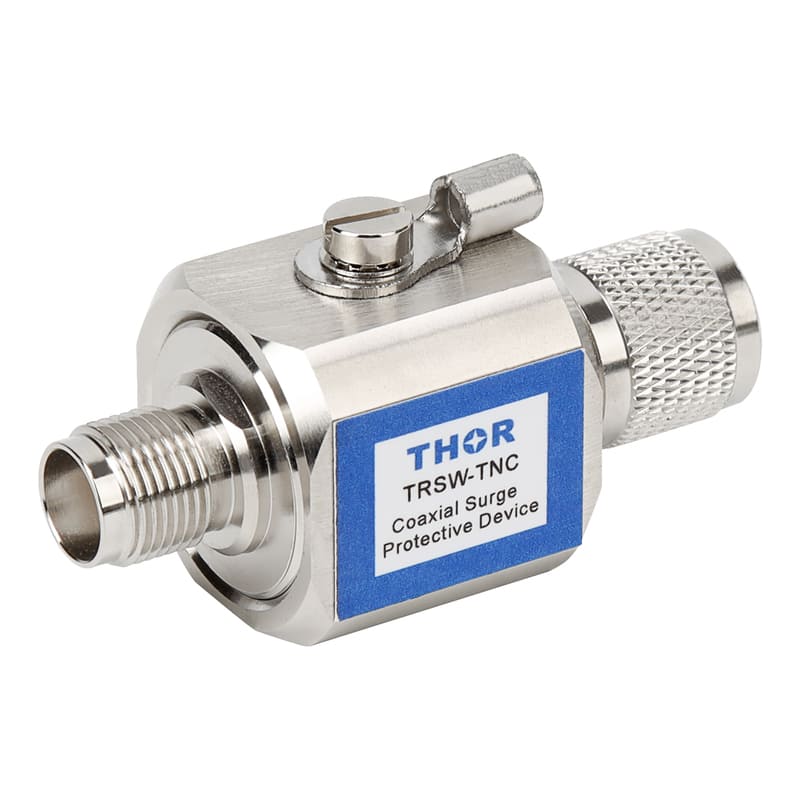Since we've received inquiries from our customers regarding the classification of first, second, and third-level surge protection devices, we've put together a brief introduction in this article to explain each type and its application.
According to IEC standards, for the AC power supply line entering the building, the junction of LPZ0A or LPZ0B and LPZ1 area such as the main distribution box of the line should be equipped with the surge protector of Class I test or the surge protector of Class II test as the first level protection; At the junction of subsequent protection areas such as distribution line distribution box and distribution box of electronic equipment room, the surge protector of Class II or III test can be set as the post protection. Especially important electronic information equipment power ports can be installed Class II or Class III test surge protectors for fine protection.
Surge Protective Devices (SPDs) are categorized by the types of electrical surges they are designed to handle, and the classification is closely tied to the waveform used in testing.
What are waveforms in SPD testing?
Waveforms in SPD testing represent simulated surge events that SPDs must withstand or mitigate. They differ based on the source and nature of the surge. The three main types are:
● 10/350 μs waveform:
Representing direct lightning strikes with high energy levels, this waveform is utilized for testing Type 1 Surge Protection Devices (SPDs), which are designed to protect electrical systems from the damaging effects of direct lightning hits.
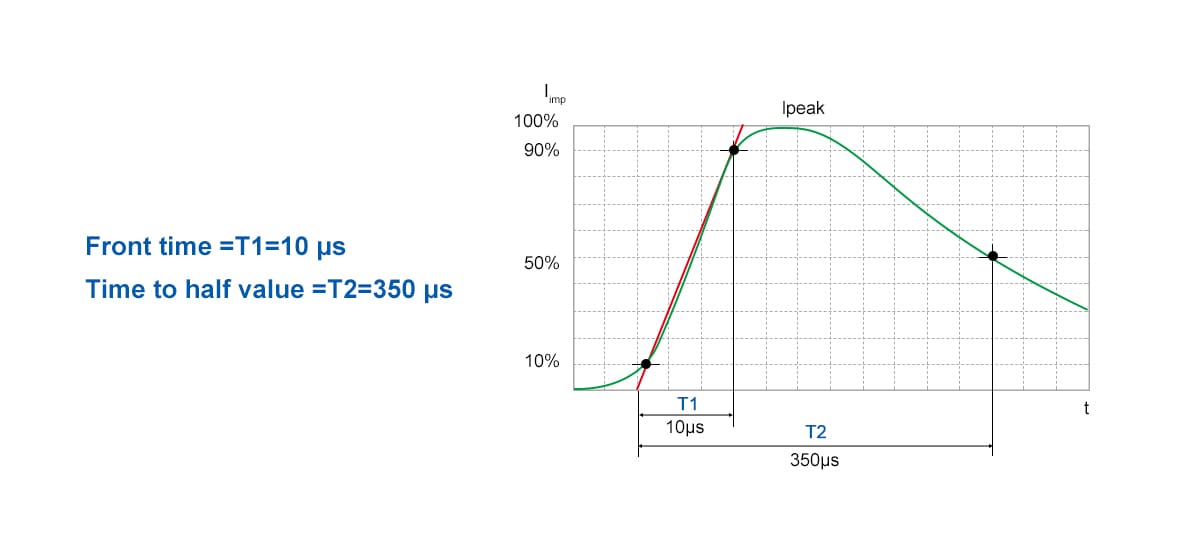
Figure 1 - 10/350 μs waveform simulating type 1 SPD testing
● 8/20 μs waveform:
Mimicking the characteristics of indirect lightning surges or switching surges, this waveform is used in Type 2 SPD testing. They are intended to safeguard electrical systems from transient overvoltages resulting from indirect lightning strikes or switching events.
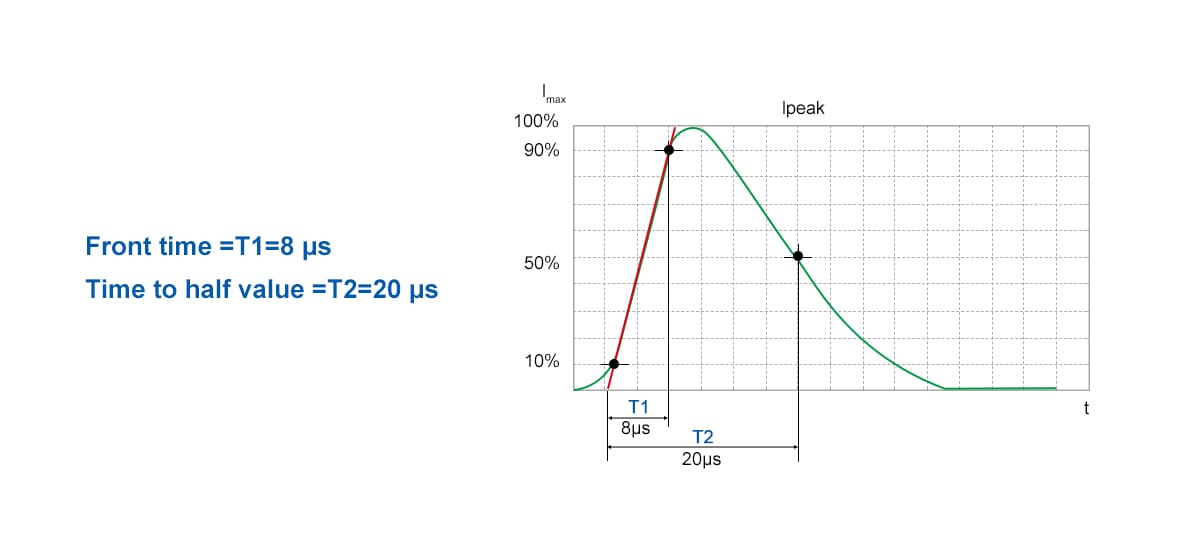
Figure 2 - 8/20 μs waveform simulating type 2 SPD testing
● 1.2/50 μs (often combined with 8/20 μs) waveform:
Commonly used to simulate voltage spikes at the terminal ends of electrical systems, this waveform is critical for Type 3 SPD testing, designed to protect sensitive equipment at the point of utilization from residual surges or transients that may persist after the initial surge has been mitigated.
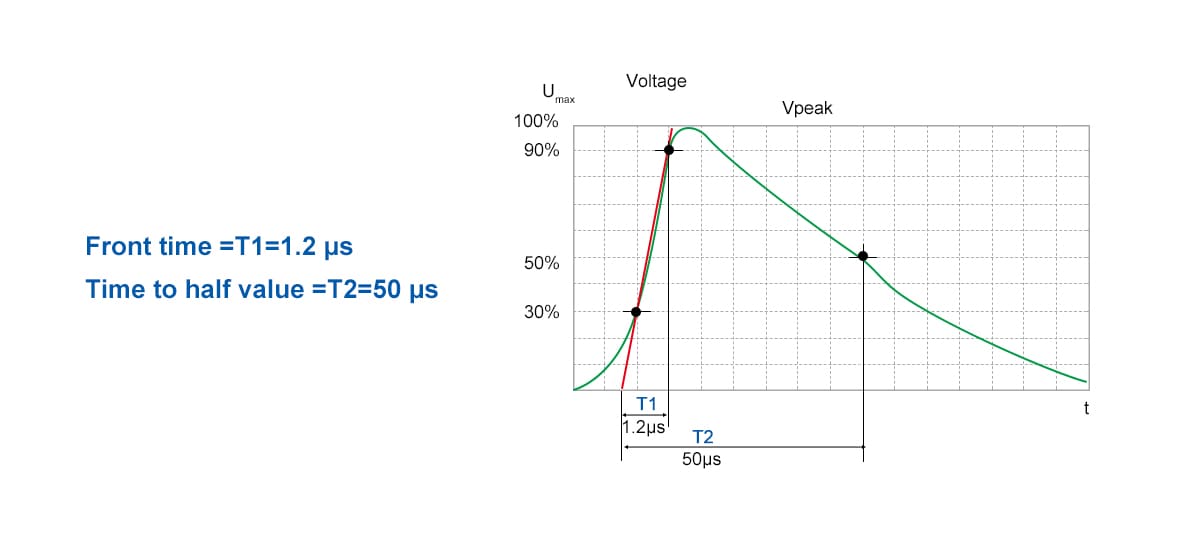
Figure 3 - 1.2/50 μs waveform simulating type 3 SPD testing
Types of surge protection devices SPDs
Type 1 (Class I) SPDs focus on discharging massive current surges away from critical infrastructure. They are installed at the main distribution board, typically before the main circuit breaker. Common use cases include industrial facilities, outdoor installations, communication towers, and energy utilities. TRS-A series covers this level of protection, with current handling capabilities ranging from 12.5kA to 25kA.
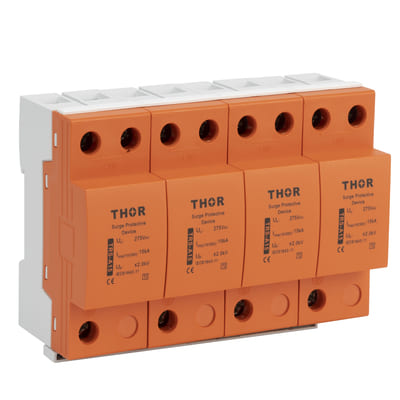
Figure 4 - TRS-A series T1 AC SPD
Type 2 (Class II) SPDs are found in secondary distribution boards and are used across residential buildings, office complexes, and commercial sites. Their function is to limit the transient overvoltage to safe levels before it reaches end devices. The Thor TRS4 series offers discharge capacities between 20kA and 100kA, fitting a wide range of mid-level protection needs.
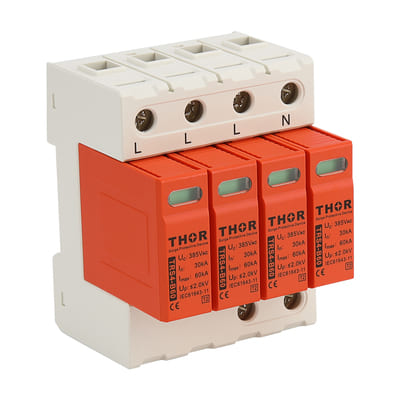
Figure 5 - TRS-4 series T2 SPD
Type 3 (Class III) SPDs reflects low-energy transients that occur close to sensitive terminal equipment. Type 3 surge arresters, for example, TRSS series T3 SPDs are installed at the point of use - typically integrated into sockets, appliance panels, or IT systems. They provide localized protection for devices such as computers, servers, and control equipment. Thor's TRSS series is an example of this finer-level protection.
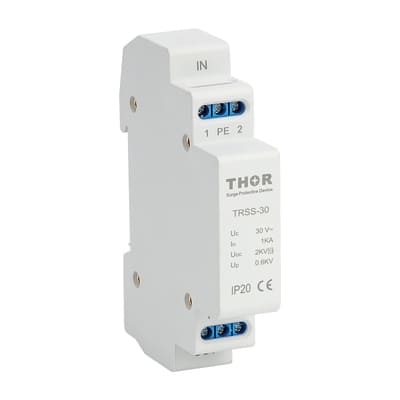
Figure 6 - Type 3 surge protection device TRSS series
For compact systems or where space and simplicity are priorities, Type 1+2 SPDs combine high discharge capacity with voltage limiting in a single device. They are suitable for main distribution boards in homes, telecommunication base stations, and renewable energy systems such as solar PV arrays. This hybrid approach is especially useful in installations requiring a streamlined design without compromising on safety.
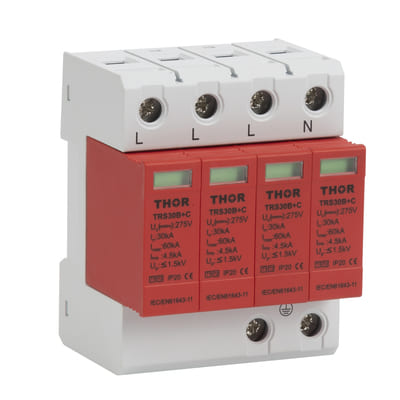
Figure 7 - T1+2 (Class B+C) surge arrester
Essential SPD parameters to consider
In actual projects, we often encounter various technical specifications, especially the selection of the parameters Uc of the first, second and third level surge protectors, which have different requirements from 275V to 440V. Therefore, we should strictly consider this problem from the perspective of professional technology.
Usually on the premise of meeting the voltage value of the equipment to be protected, we are used to choose the Uc value of 320V-385V, which is much higher than the phase voltage in the line, so as to prolong the service life of the surge protector.
According to IEC standards: when setting the level of surge protector, factors such as protection distance, length of connecting wire of surge protector and shock voltage rating UW of the equipment to be protected should be considered comprehensively. All levels of surge protectors shall be able to withstand the expected discharge current at the installation point, and their effective protection level UP/F shall be less than the UW of the corresponding protected equipment.
Conclusion
With the above overview of first, second, and third-level surge protection devices, we hope this clears up any confusion you may have when encountering similar questions. For details about the parameters of the first, second and third level surge protection devices, you can contact our THOR lightning Protection for consultation. We will conduct specific analysis according to the different use environment in different areas of different projects to ensure that there is no mistake.

